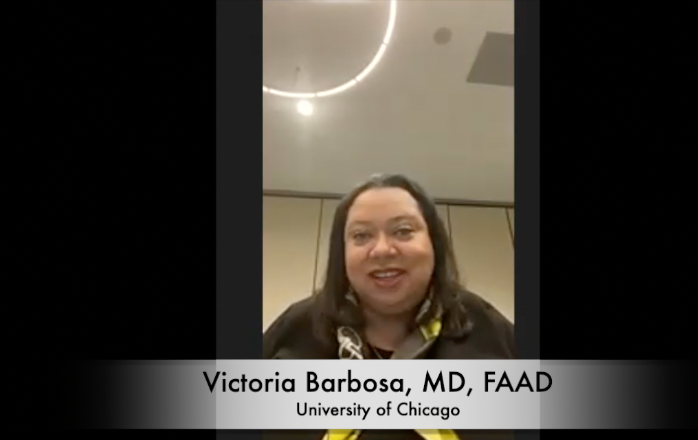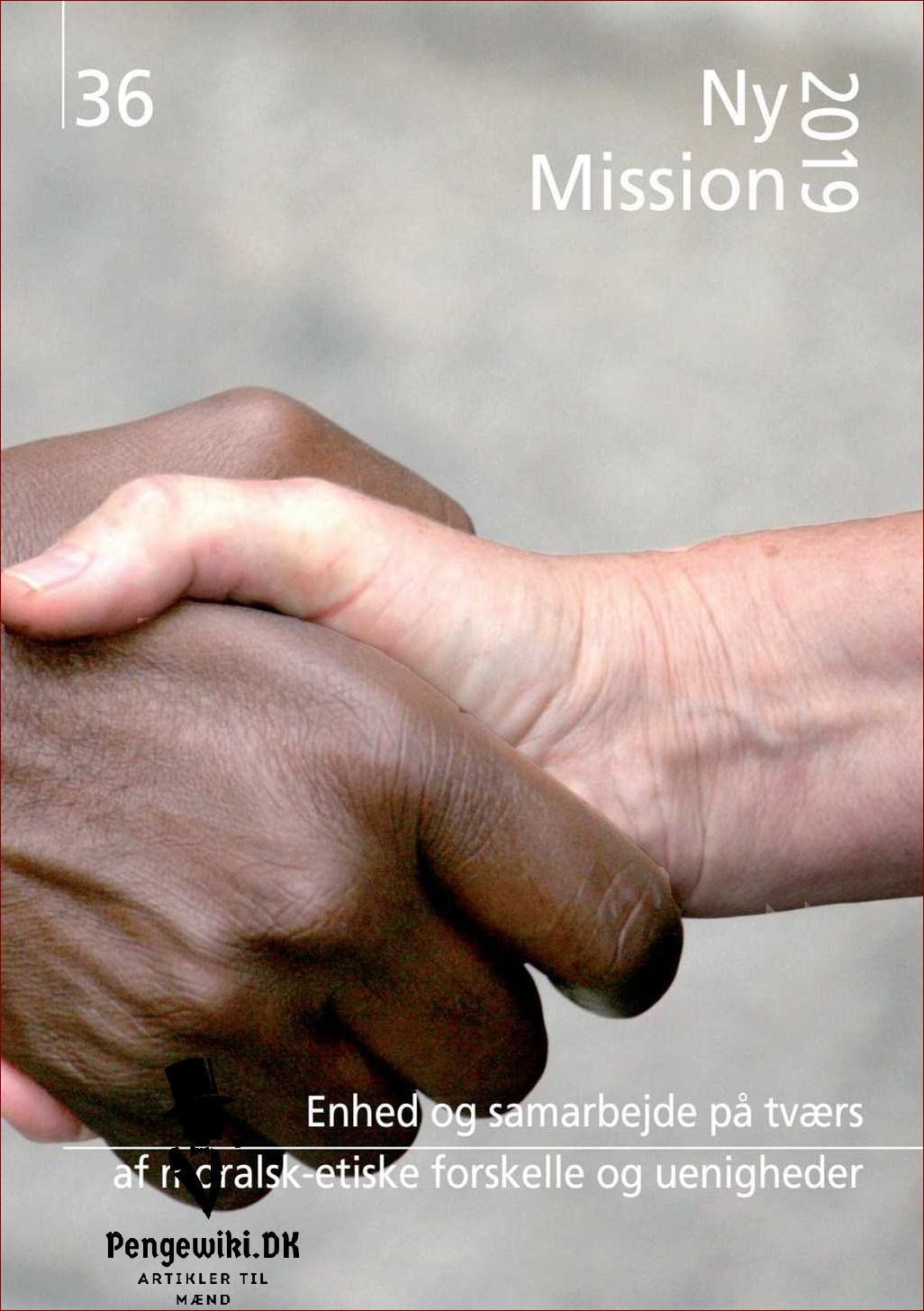How Synthetic Hair Braids Pose Health Risks To Black Women

Table of Contents
Traction Alopecia and Hair Loss from Tight Braiding
Traction alopecia is a type of hair loss caused by prolonged pulling or tension on the hair follicles. It disproportionately affects Black women who frequently wear tight braids, weaves, or extensions. The constant pulling weakens the hair follicles, leading to thinning, breakage, and ultimately, permanent hair loss if left untreated.
- Tight braiding styles: Styles that pull the hair too tightly at the roots cause significant damage to the hair follicles. This damage disrupts the hair growth cycle, leading to miniaturization of the hair follicles and eventual hair loss.
- Permanent hair loss: If traction alopecia is not addressed early, it can result in permanent baldness in the affected areas. This is particularly concerning as it can significantly impact self-esteem and confidence.
- Early signs of traction alopecia: Be vigilant for signs like receding hairlines, thinning hair around the temples or edges, and increased hair breakage. If you notice these symptoms, it's crucial to consult a dermatologist or trichologist immediately.
Scalp Infections and Irritation from Synthetic Hair Materials
Synthetic hair braids, if not properly maintained, create an ideal environment for bacterial and fungal growth. The dense braiding style and the synthetic materials themselves can trap sweat, dirt, and oils against the scalp, leading to irritation and infection.
- Folliculitis: This common scalp infection causes inflammation and infection of the hair follicles, resulting in painful bumps and pus-filled lesions.
- Tinea capitis (ringworm): This fungal infection can also thrive in the warm, moist environment created by synthetic braids, causing itchy, scaly patches on the scalp.
- Allergic reactions: Some individuals may experience allergic reactions to the synthetic materials used in braids, causing further irritation and inflammation.
- Importance of hair hygiene: Regular cleansing of the scalp and hair is essential. Use gentle, sulfate-free shampoos and conditioners, and ensure the scalp is thoroughly rinsed to remove any residual products or debris.
Damage to Natural Hair from Chemical Treatments and Heat Styling
Many women opt for chemical treatments like relaxers or hair dyes and heat styling to prepare their natural hair for braiding. These processes can significantly weaken the hair, making it more susceptible to breakage and damage.
- Cumulative effect: The combined effects of chemical treatments and heat styling can cause significant damage, especially when done frequently. This weakens the hair shaft, making it more prone to breakage and split ends.
- Recovery time: It's crucial to allow your natural hair adequate time to recover between chemical treatments and heat styling sessions. Over-processing your hair can lead to irreversible damage.
- Healthier alternatives: Consider protective styling options that minimize the need for heat and chemicals. Explore natural hair care routines that promote healthy growth and reduce breakage.
The Importance of Choosing Quality Synthetic Hair
The quality of synthetic hair extensions significantly impacts the health of your natural hair and scalp. Opting for high-quality, breathable synthetic hair is crucial.
- Lower-quality vs. higher-quality synthetic hair: Lower-quality synthetic hair is often coarser, less manageable, and more likely to cause tangles and matting. This can further damage the hair and exacerbate scalp problems. Higher-quality synthetic hair is smoother, more manageable, and less likely to cause irritation.
- Identifying good quality: Look for synthetic hair that feels soft and smooth, not stiff or coarse. Avoid overly shiny or unnatural-looking hair. Check reviews and look for reputable brands with a history of producing high-quality extensions.
- Reputable suppliers: Research and find reputable suppliers that prioritize quality and safety. Look for brands that clearly specify the materials used in their products.
Conclusion
Synthetic hair braids, while aesthetically pleasing, present potential health risks for Black women if not properly managed. Traction alopecia, scalp infections, and damage from chemical and heat treatments are significant concerns. Prioritizing proper hair hygiene, selecting high-quality synthetic hair, and giving your natural hair time to recover between styling are crucial steps in mitigating these risks. If you experience any concerning symptoms, consult a dermatologist or trichologist immediately. Make informed choices regarding your hair care routine to minimize the health risks associated with synthetic hair braids, promoting a healthy hair journey.

Featured Posts
-
 Psg Extends Unbeaten Streak In Ligue 1 With Le Havre Victory
May 27, 2025
Psg Extends Unbeaten Streak In Ligue 1 With Le Havre Victory
May 27, 2025 -
 Tarifelerde Risk Avrupa Merkez Bankasi Nin Aciklamasi Ve Oenerileri
May 27, 2025
Tarifelerde Risk Avrupa Merkez Bankasi Nin Aciklamasi Ve Oenerileri
May 27, 2025 -
 Cohere Fights Back Against Copyright Infringement Allegations
May 27, 2025
Cohere Fights Back Against Copyright Infringement Allegations
May 27, 2025 -
 Free And Legal Streaming Of Survivor Season 48 Episode 13
May 27, 2025
Free And Legal Streaming Of Survivor Season 48 Episode 13
May 27, 2025 -
 Gucci Bamboo Encounters Exploring The Making Of Fashion
May 27, 2025
Gucci Bamboo Encounters Exploring The Making Of Fashion
May 27, 2025
Latest Posts
-
 Stjernens Kritik Af Dansk Chef En Sag Om Respekt
May 30, 2025
Stjernens Kritik Af Dansk Chef En Sag Om Respekt
May 30, 2025 -
 Han Skal Erstatte Dolberg Tipsbladets Bedste Bud
May 30, 2025
Han Skal Erstatte Dolberg Tipsbladets Bedste Bud
May 30, 2025 -
 Mangel Pa Respekt Far Stjerne Til At Kritisere Dansk Chef
May 30, 2025
Mangel Pa Respekt Far Stjerne Til At Kritisere Dansk Chef
May 30, 2025 -
 Kasper Dolberg Hvorfor Er Interessen Sa Stor
May 30, 2025
Kasper Dolberg Hvorfor Er Interessen Sa Stor
May 30, 2025 -
 Respektloshed Stjerne Langer Ud Efter Dansk Chef
May 30, 2025
Respektloshed Stjerne Langer Ud Efter Dansk Chef
May 30, 2025
